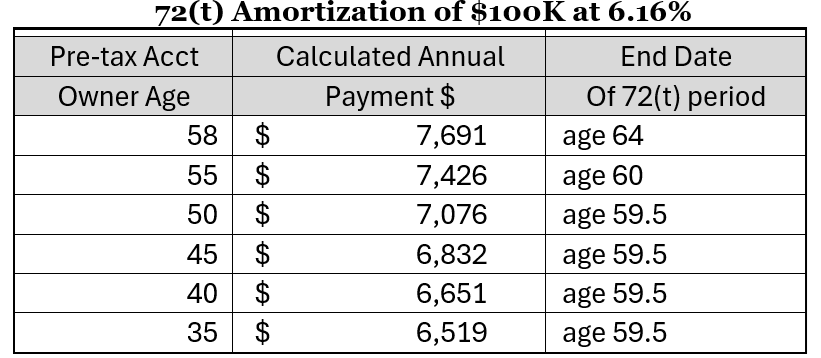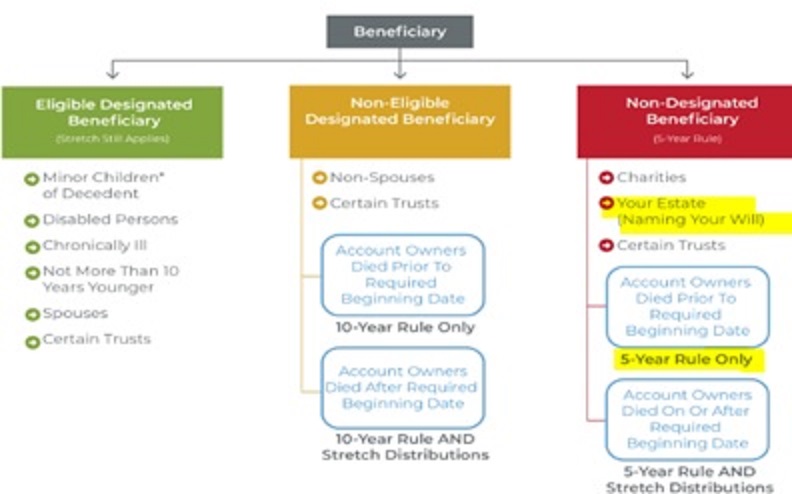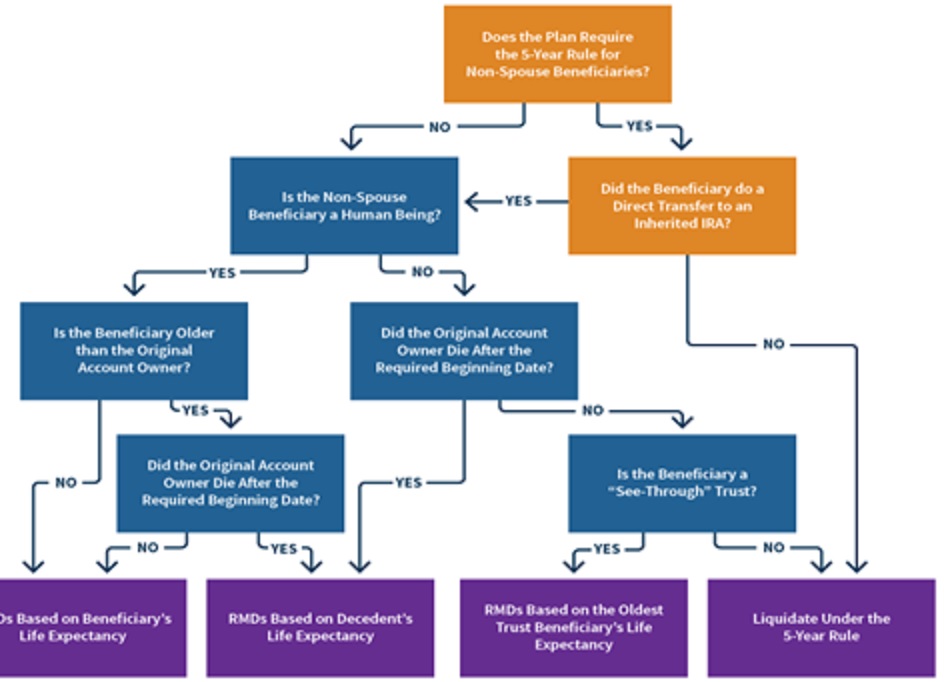Fixed Annuities
– A limited but essential role in some retirement plans
Fixed annuities represent a contract between an individual and an insurance company. Annuities provide a contractual way for an individual to guarantee that he or she receives income for life or for a set period of time. Other liquid financial products like equities, can pay dividends that can be used as retirement income the income is not guaranteed. A fixed annuity will guarantee an individual a stream of income as long as he or she lives or for a set number of years.
Sometimes you can start with Deferred Fixed Annuities
Like all annuities, except those that are immediate, deferred fixed annuities have two phases. The first phase is the accumulation phase. During this phase, which can be as short as a few years or as long as several decades, the annuity owner makes regular deposits into the account. These deposits are known as premiums.
All premiums contributed to a deferred annuity grow tax-deferred which means that the growth income received at retirement will be taxed as ordinary income.
When an annuity owner, who is known as the “annuitant”, decides to have distributions start, the annuity is “annuitized”. This is a critical process that converts it to an immediate annuity and you begin receiving payouts. The distributions can be paid monthly, quarterly or annually, depending on the preferences of the annuitant. An annuitant should think about his or her distribution schedule very carefully, because once it starts, it cannot be changed. An insurance company will also typically let the annuitant choose the length of time over which the distributions are paid. Guaranteed payments can be taken for life or for a specific number of years. This selection will affect the amount of each payment. Life annuities are the only ones that will give the promised guarantee life long income. Consider that life long income may not support your current lifestyle particularly in high inflationary periods.
Under current federal tax law, an annuity owner cannot begin taking payouts on a tax-deferred annuity prior to age 59 ½ without incurring a 10% penalty. Any tax-deferred annuity must begin in the year in which the annuitant turns age 70 ½.
What are Immediate Fixed Annuities?
An immediate fixed annuity is funded with a single premium. The premium is typically after-tax money paid as one lump sum. You can also set this up from a mandatory distributions taken on a qualified account. The distributions made by the life insurance company begin immediately, typically within 12 months of the start of the contract.
Immediate Fixed Annuities Pros and Cons
The return % paid on fixed annuity is always fixed. It could change year over year, but once it’s set for the year it will not change regardless of stock market fluctuations. This can be of great help to those on a tight retirement budget unless the market rises and therefore inflation rises. The advantage will be that you’ll know exactly the amount of each payment that will be made. While the rate paid on a fixed annuity could vary from year to year, most insurance companies will guarantee a rate of between 3% and 5%. It’s important to note, however, this guaranteed amount might not be enough to offset any cost of living increase. Inflation is a real and significant threat to retirement savings. It is best to do immediate annuities when interest rates are high.
You could purchase a COLA (cost of living adjustment) rider that adjusts with inflation to retain some of your future purchasing power. The COLA rider is a costly component of a fixed annuity contract, but it will increase the amount of money that is paid out each year. The amount should be enough to counteract measured inflationary pressures. If you can afford the COLA you might consider it or consider leaving a portion of your assets in an equity portfolio so that it growth with the economy and provides a real inflation hedge.
For some, another risk factor associated with a fixed annuity is the premature death of the contract owner. If an annuitant dies before he or she has been repaid the amount he or she paid in premiums, the insurance company will keep the balance. To offset this, most insurance companies now give a guarantee of some sort on the premium. For example, if the annuitant has an annuity worth $300,000 and dies after having only received $50,000 back, the beneficiary will receive the remaining $250,000. Or, the annuitant can choose an option called “period certain”. If he or she chooses a period of 20 years but dies during year 10, the beneficiary will receive payouts for the remaining 10 years.
I only consider premature death an important risk factor if you have beneficiaries or a legacy you want funded. Even so, there are other ways to cover this risk factor than to purchase this type of rider – particularly if you still qualify for life insurance.
Who Should Buy Fixed Annuities?
Retired investors who need to guarantee income for life or for a set amount of time are often advised to consider a fixed annuity. Retirees who rely on equity dividends for most of their income may also want to consider a fixed immediate annuity. Dividends can provide substantial income but are not guaranteed. They can be cancelled by the company at any time should it need to conserve cash.
A retired investor may also fear that he or she will outlive the money he or she has saved. An immediate fixed annuity will also provide financial security. The payouts will be guaranteed for as long as the annuitant is alive, regardless of the amount of the premium. Even when the amount of the payouts exceeds the premium, the insurance company is obligated to make the payouts. For those in good health with few liquid assets, a fixed annuity could make a difference in their standard of living BUT they are extremely costly and impossible to exit gracefully if your situation changes.
A fixed annuity investor should always make sure he or she has enough cash for emergencies. As outlined earlier, an annuity contract cannot be cancelled except under the extreme circumstances. Once the contract is signed, the only way an investor can receive his or her money is through the payouts.
Consumers are strongly encouraged to purchase annuities only after a thorough analysis by a NON annuity sales financial professional. This is a major investment that once signed can’t be undone – read the fine print and understand the nuances and their impact on your entire retirement before you sign.
Edi Alvarez, CFP®
BS, BEd, MS
www.aikapa.com



